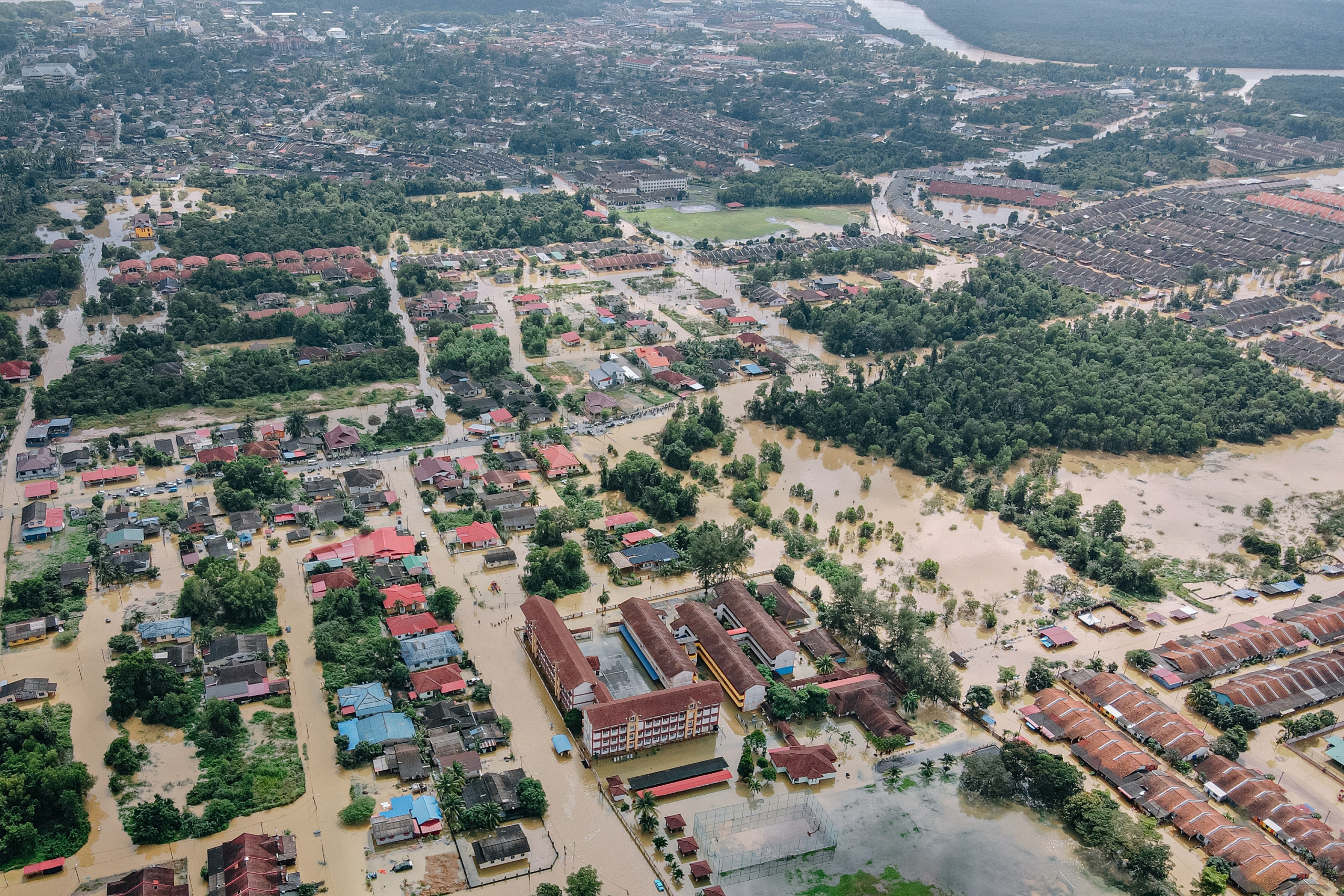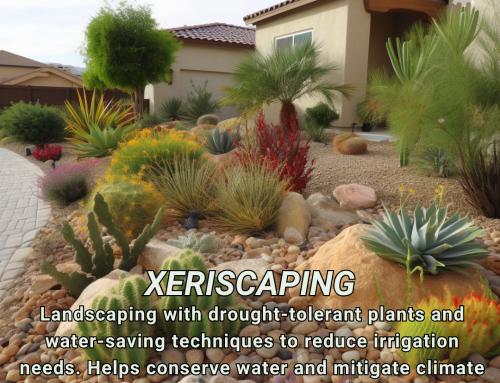
The Philippines is known for its beautiful beaches and lush forests. However, a recent report suggests that these natural wonders may be at risk due to climate change. According to a global study, 17 Philippine provinces are among the most at risk of climate damage. These provinces are exposed to a range of environmental hazards, including flooding, drought, and landslides.
The report, which was conducted by the World Resources Institute (WRI), identified 17 provinces across the Philippines that are highly vulnerable to climate change. The study looked at a range of factors, including exposure to natural disasters, population density, and the capacity of local governments to respond to climate-related risks.
Among the provinces identified as being at risk are Cagayan, Isabela, and Bicol. These areas are highly susceptible to flooding and landslides, which can cause significant damage to homes, businesses, and infrastructure. In addition, these regions are also vulnerable to typhoons, which can cause widespread destruction and loss of life.
The report also highlighted the importance of addressing the root causes of climate change. The Philippines is a signatory to the Paris Agreement, which aims to limit global warming to below 2 degrees Celsius. However, the country is still heavily reliant on fossil fuels, and many industries continue to contribute to carbon emissions.
To address these issues, the Philippine government has implemented a range of measures aimed at reducing the country’s carbon footprint. These include the promotion of renewable energy sources such as wind and solar power, as well as measures to reduce emissions from the transportation sector.
However, much more needs to be done to address the risks posed by climate change. The WRI report recommends a range of measures aimed at building resilience in vulnerable communities, including improving early warning systems, strengthening disaster preparedness, and promoting sustainable land use practices.
Overall, the report serves as a reminder of the urgent need to address climate change and its impact on vulnerable communities. By working together to promote sustainable practices and build resilience in at-risk areas, we can help ensure a safer and more sustainable future for all.






